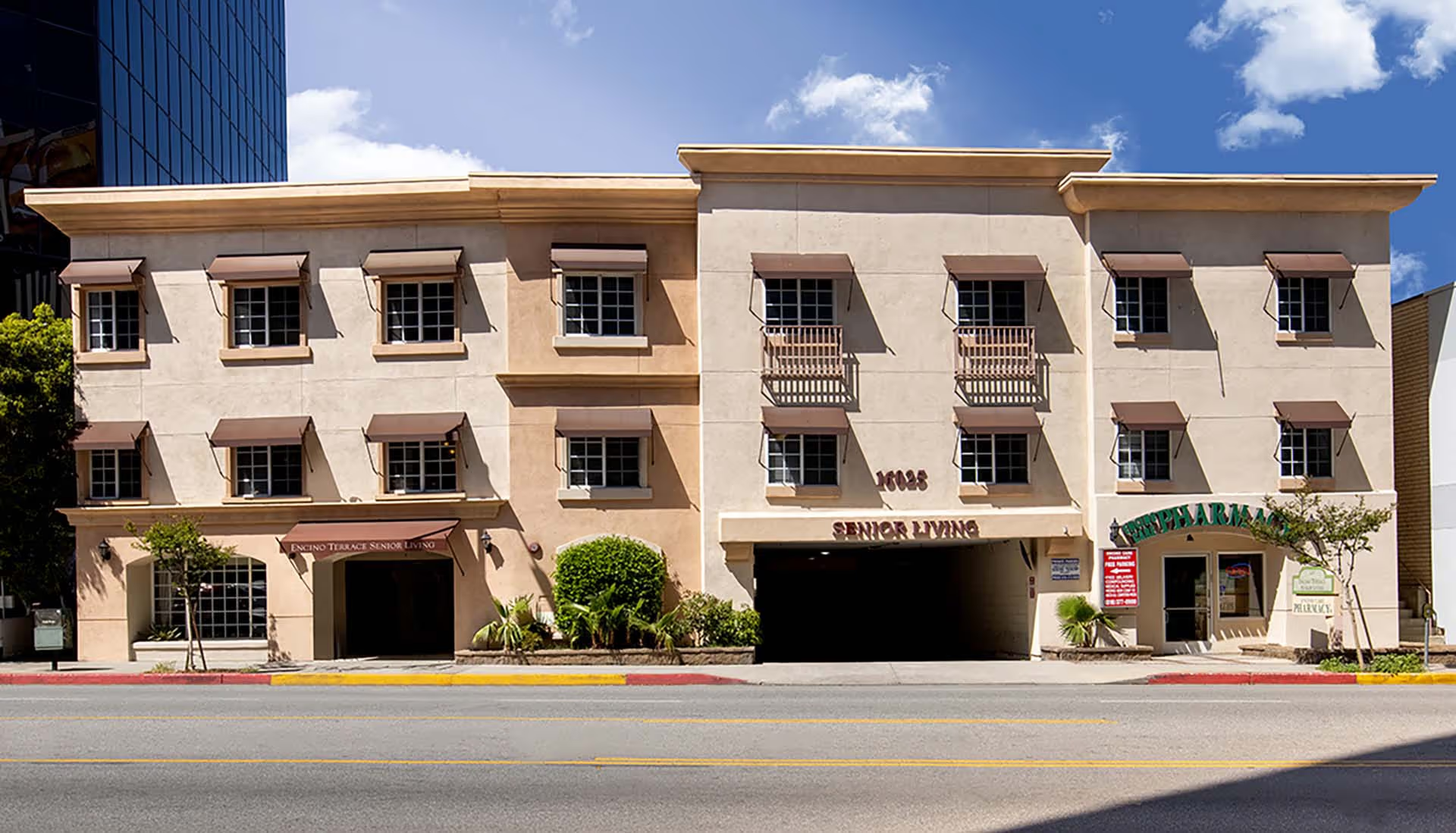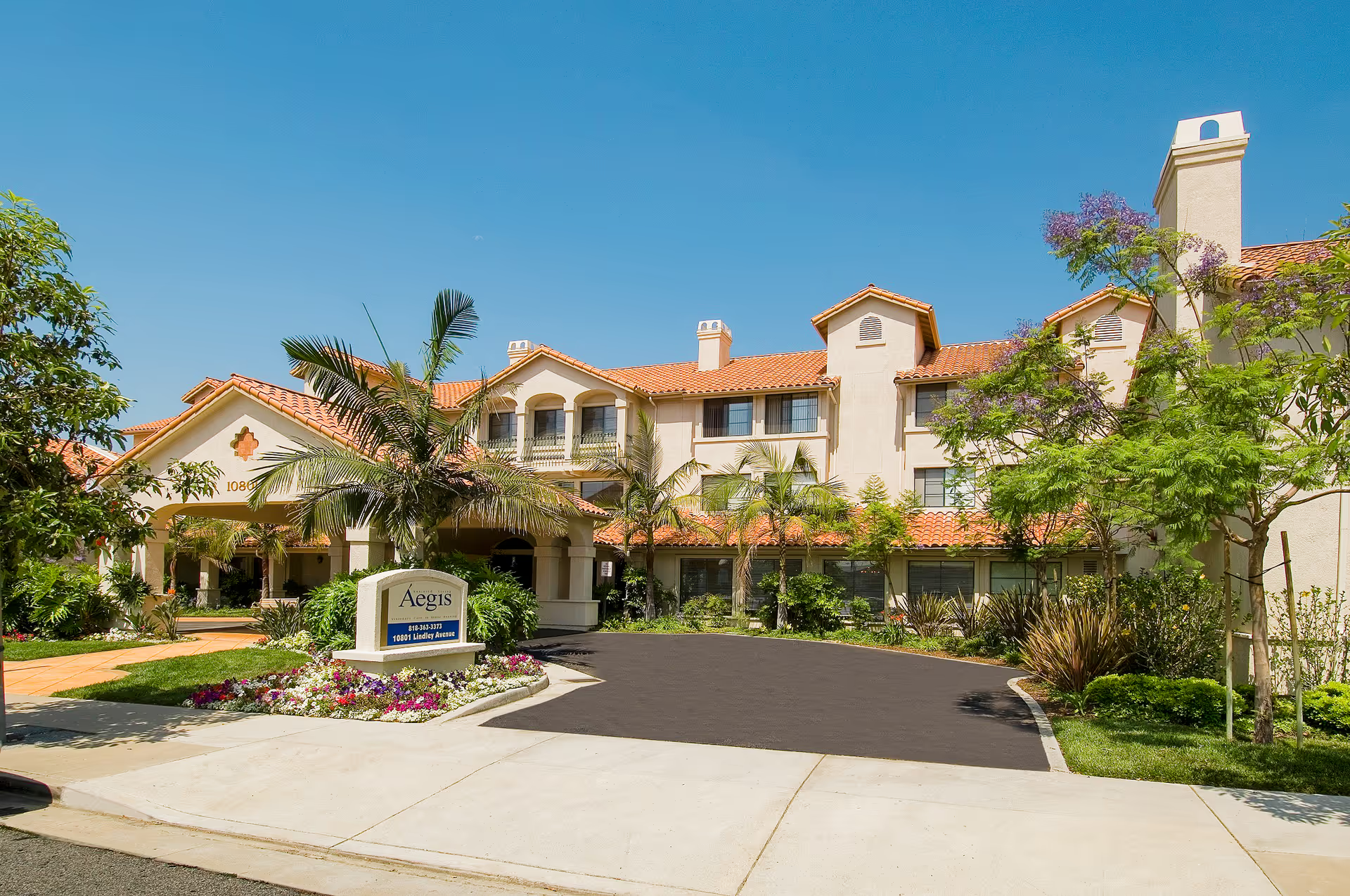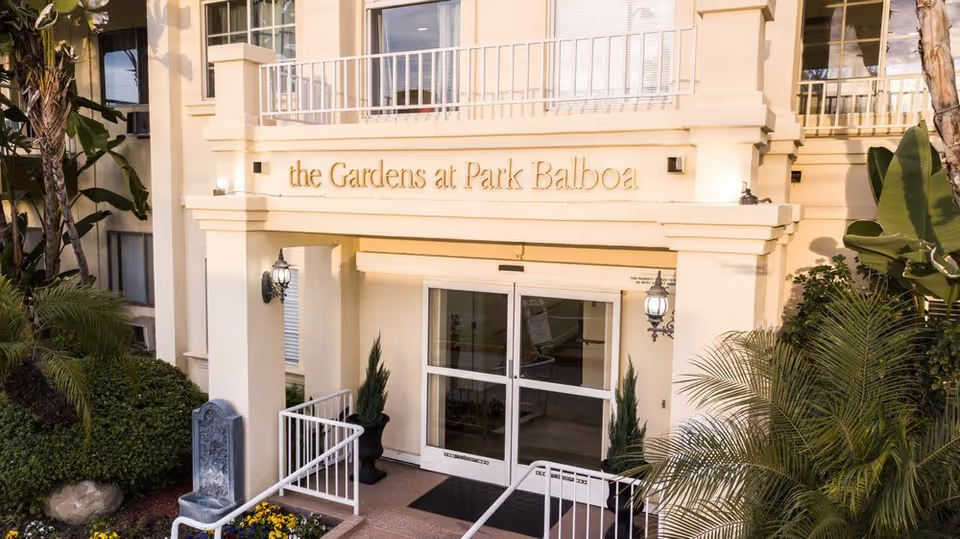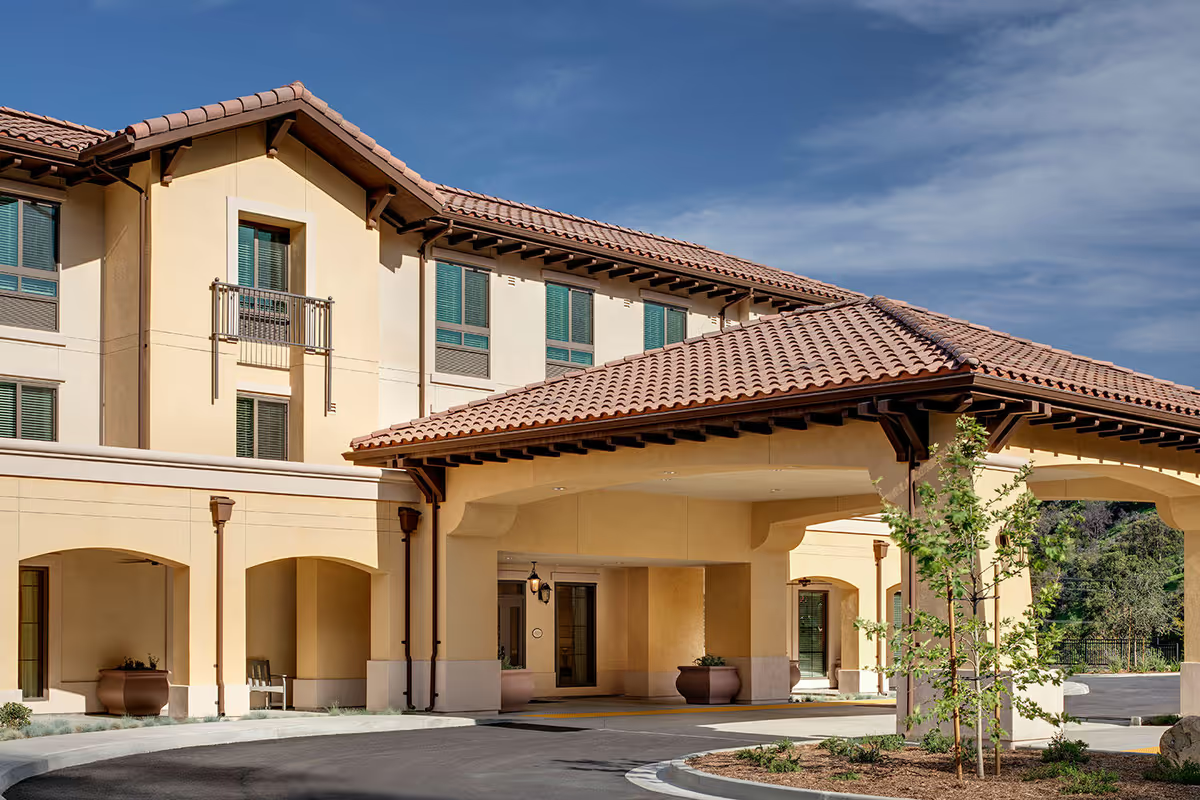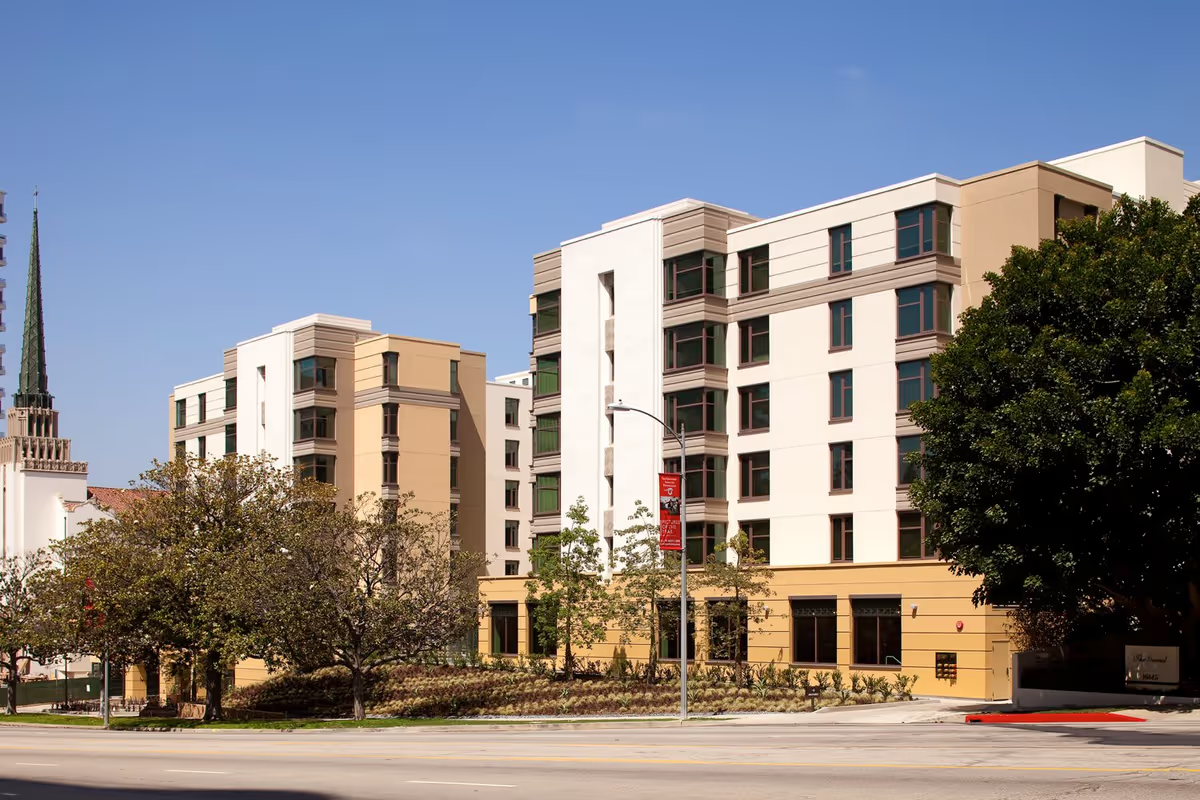Overall sentiment is predominantly positive with several consistent strengths noted across reviews, but there are also recurring cost and management concerns and a small number of serious negative incidents that merit attention. Many reviewers emphasize the facility’s attractive physical environment and the quality of life it supports: the building is described as brand new and gorgeous, apartments and the dining room receive frequent praise, and common areas are clean, quiet, wide, and well lit. Amenities that stand out include underground parking with valet, two-bedroom units, an on-site beauty shop, weekly maid service, and shuttle/on-demand transportation. These tangible features combine to create a strong first impression of a high-end, well-maintained senior living community.
Staffing and daily care receive overwhelmingly positive comments from multiple reviewers: terms like friendly, attentive, caring, respectful, and helpful recur often. The entrance desk and front-line staff are singled out as particularly helpful, and family members report that loved ones have been well cared for. Social programming is another major strength—reviewers consistently highlight robust activities, frequent on-site parties, strong catering/birthday events, and an exemplary social director who is seen as a key asset in fostering community life. Kosher dining and high-quality meals are frequently mentioned, reinforcing the sense that the facility supports resident lifestyle preferences and social dining experiences.
Despite the many positives, cost and contract-related issues are a significant theme. Several reviewers describe a high buy-in or entrance fee—one describes it as unaffordable and cites a figure around a half-million—which makes the community out of reach for some prospective residents. Relatedly, there are complaints about the speed of refunds for move-out deposits or refundable buy-ins; a slow refund process is a repeated practical concern. These financial and administrative friction points contrast with otherwise high marks for day-to-day living and may be decisive for families weighing options.
Care quality shows a split by level of service: while assisted living/independent-living level care and daily staff interactions are praised, multiple reviewers note that the nursing or long-term care unit appears to offer lower-quality care in comparison. That distinction suggests an inconsistency across service lines—strong performance in hospitality, social programming, and general assistance, but uneven results where more intensive medical or skilled nursing care is required. Another policy-related concern is the restriction on non-facility personal aides, which some families found burdensome if they prefer to bring outside caregivers.
A small but important minority of reviews report serious negative experiences that contrast sharply with the positive majority. Complaints include unhelpful or rude administrative staff, specific incidents of poor service (examples cited include a door not being held and an incident where water was poured on a resident), and allegations of racial bias or discrimination. These reports are less frequent but are severe in nature; they indicate occasional lapses in staff training, culture, or oversight that the facility should address proactively. The presence of both strong praise and sharp criticism suggests variability in staff behavior and management responsiveness.
In summary, Fountainview At Eisenberg Village appears to be a well-appointed, socially active community with many amenities, attractive facilities, and a largely caring and attentive staff at the assisted-living/independent-living level. Its strongest selling points are the dining (including kosher options), social programming, cleanliness, and resident-focused services such as weekly housekeeping and transportation. Major drawbacks for some families are the high buy-in cost, reported delays in refunding deposits, restrictions on outside aides, and concerns about care consistency in the nursing unit. Finally, isolated but serious allegations of poor treatment and discrimination point to areas where management should reinforce training, policies, and oversight to ensure uniformly positive resident experiences.

